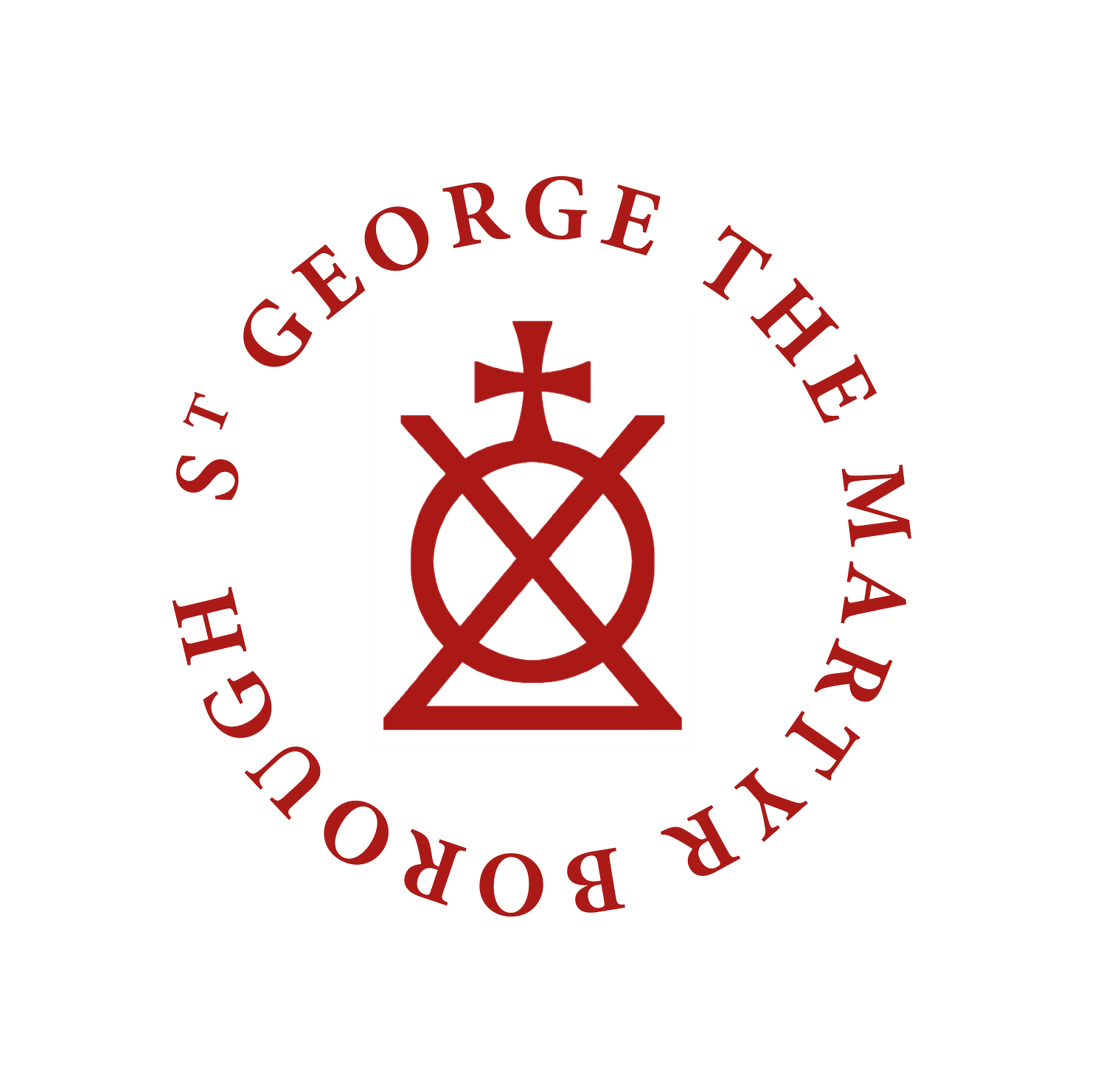St George the Martyr: 1122-1733
The first confirmed date for a church on the site is 1122, when the patronage of the church was given to the Priory of Bermondsey by Thomas de Arden and his son Thomas. This was the case up until the Dissolution of the Monasteries in 1536-41, when the patronage was passed to the Crown. The City of London then gained the right of advowson (the right to appoint priests) for the church in 1550 when it took control of the King’s Manor (formally the Abbot of Bermondey’s) and the Great Liberty.
The dedication of the church to St. George the Martyr is one of the oldest in England, and predates Edward III’s adoption of St. George as his patron in the 1348-49 by at least two centuries. The dedication may date from the time of the First (1095-1099) and Second (1147-1149) Crusades, when returning Crusaders popularised the cult of St. George in Western Europe which they had experienced in Eastern Christendom. Two inscribed medieval stones were incorporated into the tower of the 1629 rebuild and were found with its demolition in 1733. The stones read: ‘Edward, Lord of Hastings, caused me to be made AD 1438’ and ‘O! Here I will set up my everlasting rest’. These stones have been lost over time, and it is uncertain if they currently exist.
The medieval church can be seen in Wyngaerde’s 1544 London panorama, showing a square three storied tower. This medieval church was heavily renovated in around 1629 (although renovation could have taken place as early as 1560, the date of the demolition of the Duke of Suffolk’s Brandon House, as evidenced by Tudor terracotta fragments found on the site which may have come from there), creating a larger and longer twin aisled building. This second church can be seen in the background of William Hogarth’s 1733 engraving ‘Southwark Fair’. It measured 69 feet long ‘to the altar rails’, 60 feet wide and 35 feet high and was described in 1708 by Hatton in his ‘New View of London’. At the east end of this church were plaques displaying the Ten Commandments, the Lord’s Prayer and the Creed. In the north wall of this church was a window commemorating twenty one city companies who had funded the 1629 rebuilding. The east window contained the Royal Arms.
However, by 1732, St. George the Martyr was described as ruinous. A new building project was commenced in 1733 which built the present day building.
